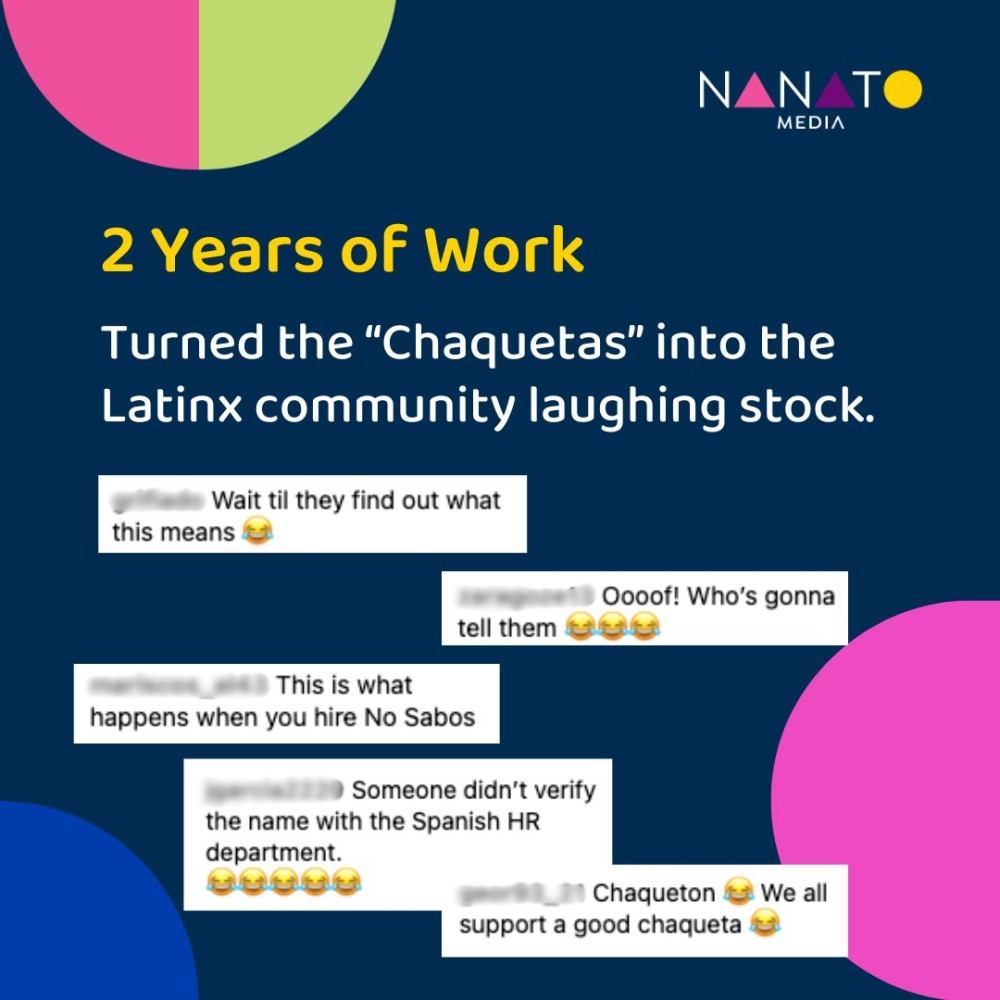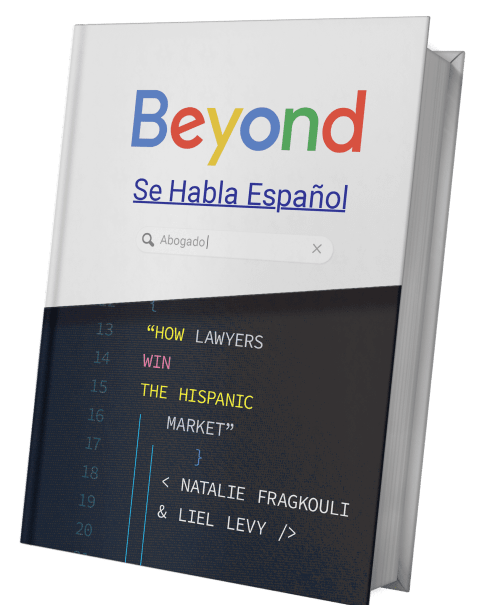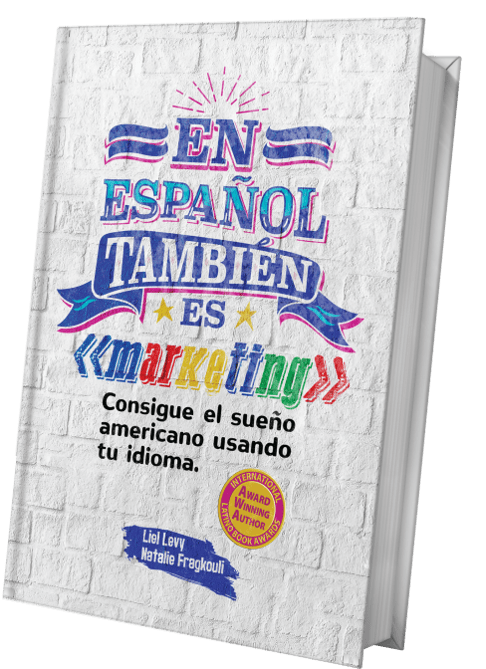The Hispanic market is booming, and everyone wants a peace of it. Law Firms and companies everywhere are creating content in Spanish to attract Latinos. However, translation is not enough to win the Hispanic market, and sometimes, a literal translation can become a PR disaster. There is a long history of companies committing translation blunders, from the classic Parker Pen advertisement translation of “embarrassed” to “embarazada” (pregnant) to the newest “Chaqueta” team Spanish nickname announced by a Doger’s affiliate minor league team.

When they expanded to Mexico, the Parker Pen marketing team translated “It won’t leak in your pocket and embarrass you” to “It won’t leak in your pocket and impregnate you.” More recently, The Rancho Cucamonga Quakes, a Dodgers affiliate minor league team, proudly announced that “Chaqueta” would be their nickname in Spanish for the “Copa de la Diversión.” Chaqueta” is a literal translation of “Jacket,” but it also has an NSFW meaning in Mexico and Guatemala. The team worked for two years to develop an appealing name in Spanish that turned them into Latinos’ laughing stock. (You can have some fun reading through the comments on their social media.) This blunder highlights the importance of cultural awareness and the necessity of transcreation over simple translation.

Think in Hispanic!
To communicate effectively, you need more than just Spanish skills. Remember, it’s not just a different language; it’s a different target audience with a different culture. To correctly transcreate, you can read the original English content and then write completely new content that will deliver the original message through the lens of your Hispanic Community.
Pro-Tip: Start by spotting the differences in your market audiences.
Seven questions to write a proper transcreation:
1. Who are the main components of my Hispanic community? Are they mainly first or second-generation? What is the primary culture or country from which their heritage streams?
2. What does our Hispanic audience need that our general population does not?
3. Is there something our general market audience takes for granted or knows that our specific Hispanic community might not be aware of? Do we need additional information?
4. Did we use specific cultural elements to connect with our first audience that might not connect with our Latinx community? Are there some cultural elements particular to my Latino community that can help me connect with them better?
5. What tone would best connect with our Hispanic community?
6. What examples will reach their hearts?
7. Am I using the specific Spanish variant spoken by my target Hispanic community?
When approaching these questions, you can start by answering them from a broad context, and little by little, you can pinpoint the cultural specificities of your particular Latino Community.
For example, if you create content or advertisements in Spanish, it is safe to assume that your target audience feels more comfortable dealing with legal matters in Spanish than in English; some might not even know English. Therefore, they have a specific need that the general market does not; They need legal services in Spanish. Address this head-on, and let your potential clients know you provide legal services in Spanish; have multiple buttons and Call To Action that guide your prospect to their first consultation in Spanish.
If your Community is comprised mainly of first-generation migrants, they might need more context and explanations regarding their rights and how the legal system protects them. In most Latin American countries, there is no such thing as Personal Injury claims. So, when you are addressing them, you might want to add explanations that might be obvious to many American-born people.
Your Hispanic audience has different needs than the general population. When you transcreate content, you must satisfy those needs and answer any questions they might have.
Tone
When thinking about tone, remember that Latinos generally prefer personal tones, family/community/friendship-oriented approaches, and vivid emotions. When transcreating, think about how your tone can be both professional and personal at the same time, change some of your examples to be more family or community-oriented, and don’t be afraid to appeal to Latinos’ emotional side.
Latinos’ Needs
Once you understand the broad needs and preferences of the Hispanic Community, it’s time to get specific. Don’t commit the common mistake of thinking all Latinos are the same. There are thirty-three countries in Latin America, which means that your local Hispanic Community might have a multicultural background or have a strong presence from one or two different heritages. You must inquire about and engage your local Hispanic Community to learn who they are. If not, you might use the wrong Spanish or cultural references, like those who named the “Chaqueta” team. Getting the culture and heritage right will earn your Hispanic Community’s trust. Getting it wrong might alienate you. For example, if you want to celebrate your local Colombian-American Community on a holiday, don’t offer them tacos. Likewise, don’t play salsa music to connect with your Mexican-American Community at a festivity.
Specific Hispanic Culture
Add authenticity to your universal message with the power of specific local details.
Latinos are not a monolith. Trying to appeal to all of them through clitché approaches might end up not connecting with anyone. It’s time to ditch the One-Size-Fits-All Latinos! Specificity is your secret weapon. Sprinkle in cultural details to make your Law Firm’s Spanish content come alive with authenticity. Using culturally specific language, themes, and references will not alienate you from other Hispanics. It’s the other way around. They will feel that you authentically know them. You can think of animated movies like “Coco,” “Encanto,” and the recent Netflix success, “The Casasgrandes.” They were all international successes but took place in precise cultural settings. The people whose culture is featured in a particular film might feel a stronger connection and pride than others. However, through the combination of universal themes and local authenticity, these films connect across cultures.
There was a time when studios and marketing agencies stayed clear of specific cultural references, believing those would not have general appeal; today, we know better. In an interview with the LA Times, “The Casasgrandes” cartoonist and cultural advisor Lalo Alcaraz said that when he started his career in the 90s, studios didn’t want his characters to be Mexican; they wanted them from a fictional “Latinx” country that would be more “universal.” In contrast, “The Casasgrandes” film starts with three minutes of dialogue in P’urhépecha, Michoacan’s indigenous language, and features local costumes, beliefs, clothing, foods, flora, and fauna. Today, studios know that being culturally specific makes their characters and stories feel authentic, and authenticity connects more with everyone than fake, generic, one-size-fits-all approaches. Embrace the particular culture and needs of your Hispanic Community.
Universal Message + Local Flavor = ¡Authentic Connection!
One of the best ways to ensure your content is authentic is to have a multicultural team. Break cultural bubbles by hiring a diverse and culturally rich team that can bring authenticity to your content, marketing, and services.
With the growing importance of the Hispanic market, many Law Firms compete for their attention. With proper transcreation, culturally relevant content, and marketing, your Law Firm can get a head start and develop an authentic, trustful connection with your local Latino Community. If you don’t know where to start, don’t worry, Nanato Media has your back. Contact us to develop your Law Firm’s Hispanic Marketing Strategy.



